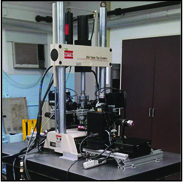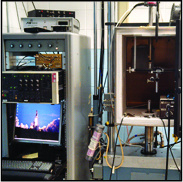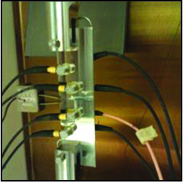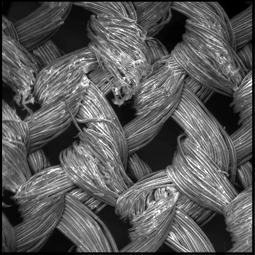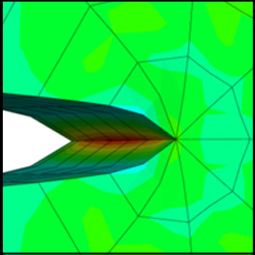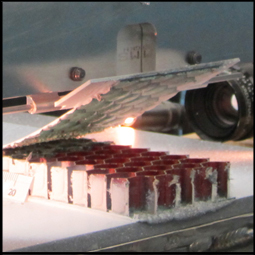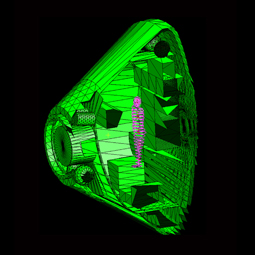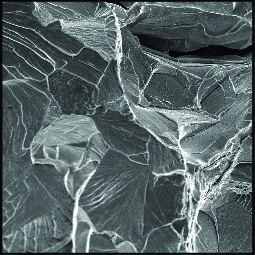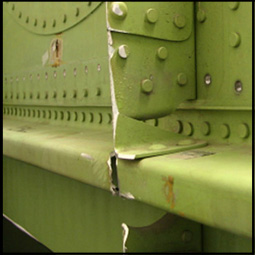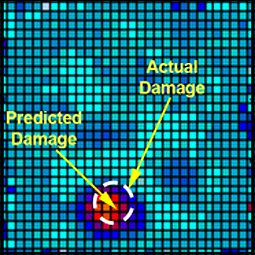Purpose
Perform mechanical testing in support of developing advanced materials and concepts for aerospace structural health monitoring systems. This research effort is multi-disciplinary, involving advanced materials processing, nondestructive evaluation, and coordination with analytical modeling efforts. Relevant mechanical test data, including failure loads, Non-destructive evaluation (NDE) results, and strain field (digital image correlation, are used to correlate with phenomena observed in microscopic SEM-based testing as well as validation of analytical model results.
Equipment/Test Methods
Typical/Recent Experiments
- Fatigue and Fracture testing of Sensory Materials
– Metal-matrix composite, consisting of shape memory alloy particles embedded within an aerospace alloy; strain-induced phase transformation enhances damage detection
– Acoustic emission, eddy current, and digital image correlation used to detect propagation/accumulation of crack damage
- Self-healing of Fatigue Cracks
– Metallic composites containing a low-melting-temperature constituent that, when heated, flows into crack openings; upon solidification/cooling, crack damage is healed

